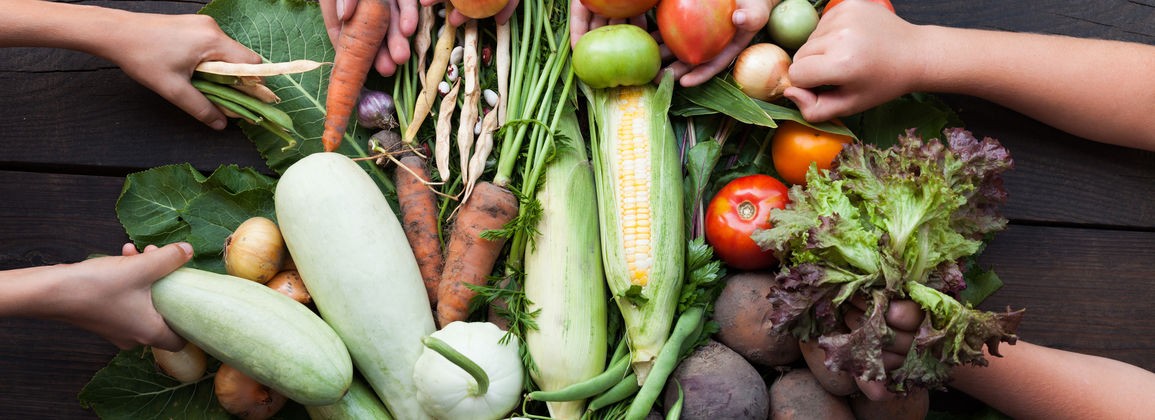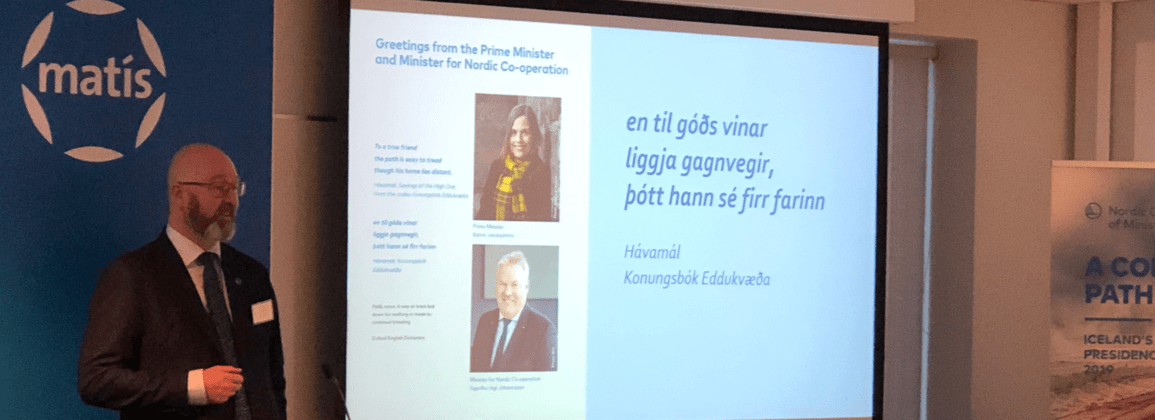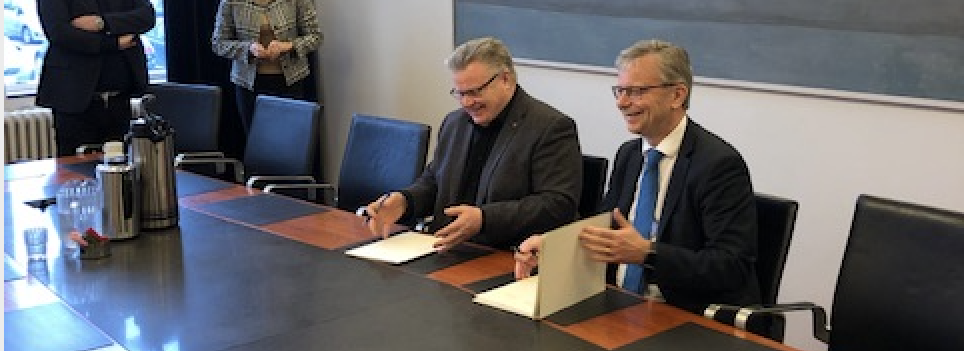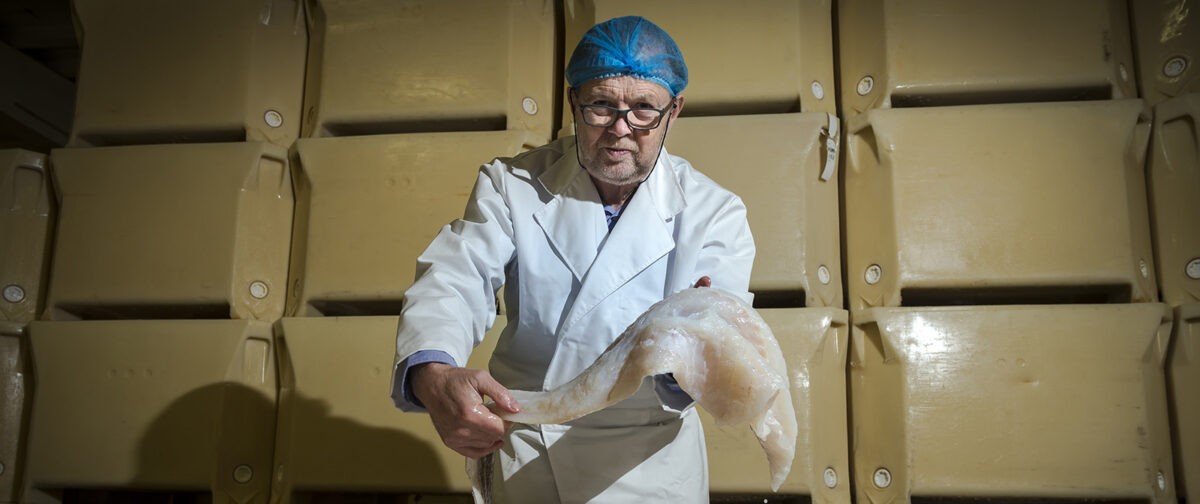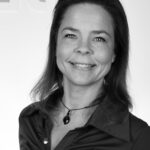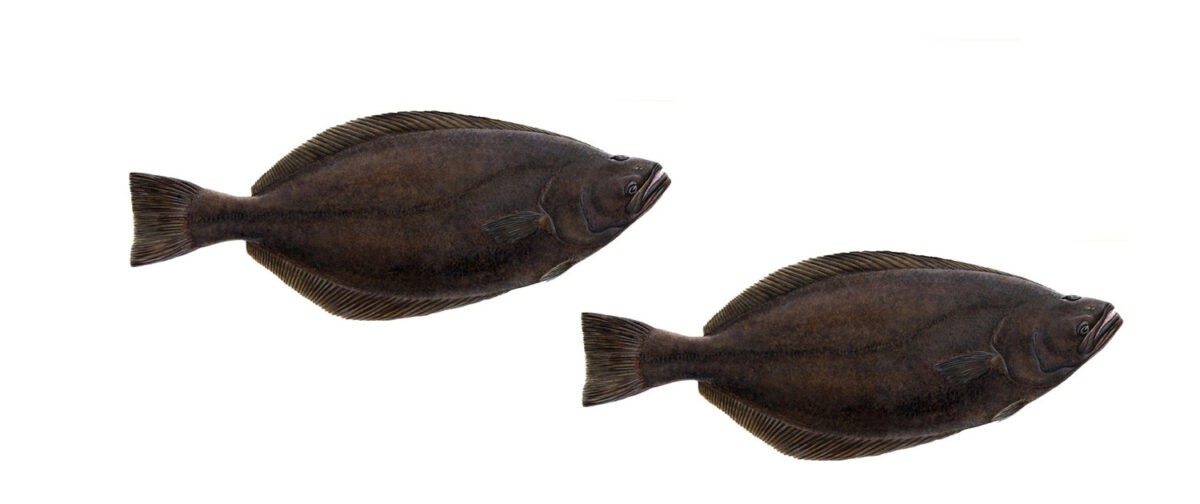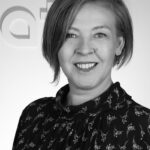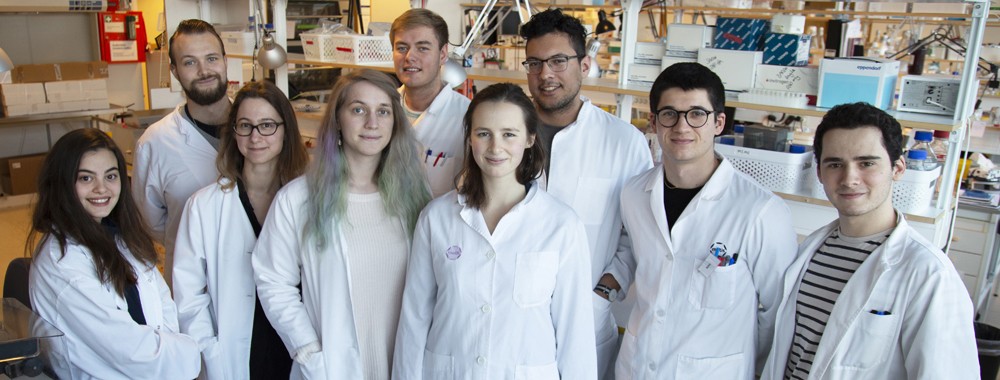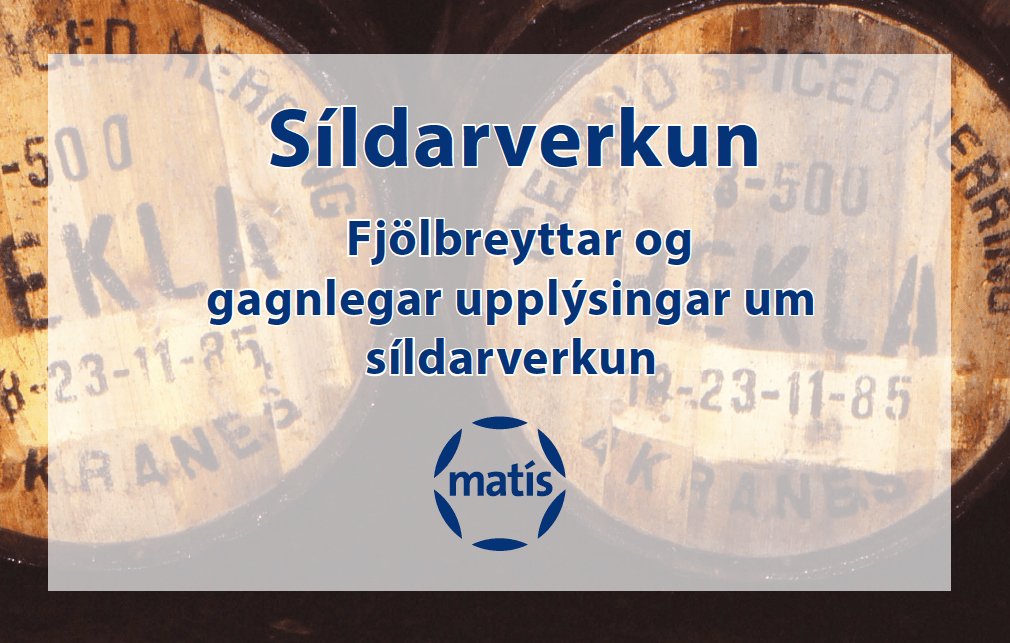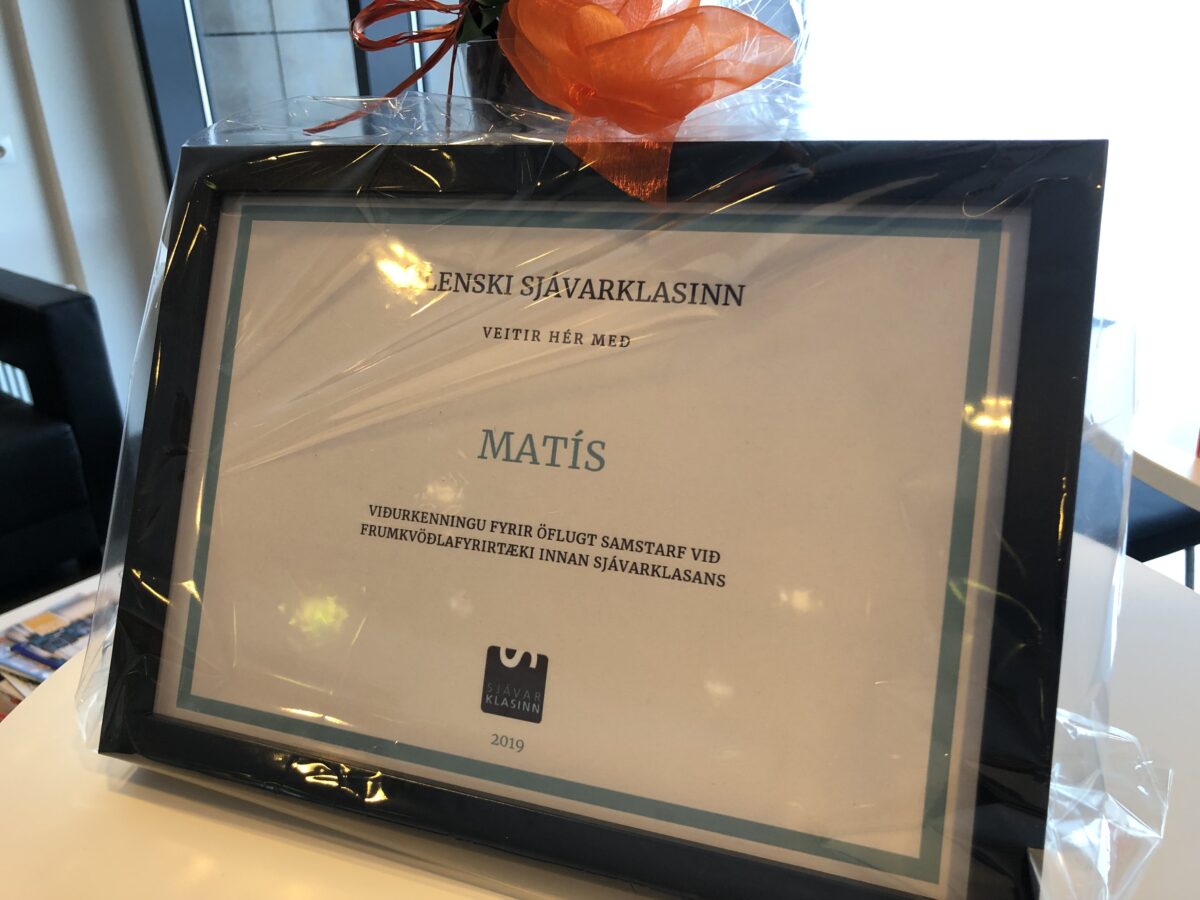In the fan version of Ægis, which was published on the occasion of 100 years of Iceland's sovereignty, the career of Sigurjón Arason, Matís' chief engineer and professor of food engineering at the University of Iceland, was discussed in detail. Here are a few snippets from the interview.
Sigurjón started plowing in the cold store in Norðfjörður when he was 10 years old and Sigurjón tried his hand at seafaring with his father during his teenage years in Hornafjörður and that was the beginning of his studies related to the fishing industry.
"Ever since I was on the boat in Hornafjörður in the past, it has been my motto that everything we fish should be handled correctly and well. Fish is a delicate raw material and difficult to handle, "says Sigurjón.
During his university years, Sigurjón worked for the State Fisheries in the summer and went, among other things, between all the cold stores in Iceland, 1972-1974, which then numbered over two hundred, to monitor the hygiene. The purpose was to prepare a new regulatory framework in this area, the so-called Red Handbook, and thereby meet the standards required by fish buyers in the United States.
After graduating from university, first in chemistry from the University of Iceland and then process engineering at the University of Copenhagen (DTU), Sigurjón joined Atlas Sabroe.
At the end of September 1978, Sigurjón was invited to come home and take over the position of head of the technical department of the Fisheries Research Institute. He accepted the offer. From the very first months, he started teaching fish industry technology and food engineering at the University of Iceland, and since then he has taught at both the University of Iceland and the University of Akureyri.
As is well known, the Fisheries Research Institute merged into Matís at the time, but a common thread in the daily projects of Sigurjón and colleagues has always been to improve processing processes and increase the value of seafood.
Everything is based on the same theories
"One of the things we worked on at that time was cooling the blue whiting to minus one degree, supercooling, to stop the decomposition. The blue whiting fishery ceased shortly afterwards, but the knowledge was used by us again a few years ago when mackerel began to be fished here by land in the jurisdiction during the summer. We also managed to develop a technology that made it possible to create great value from mackerel even though it was not at the most suitable time for processing. But in addition to knowledge that has been built on processing technology, refrigeration technology has also advanced over the years and created a basis for improving the quality of raw materials, "says Sigurjón.
"We are thus always hammering the same theories into the foundation and using them in, for example, research and student projects that are returned directly to the discipline."
Quality thinking in the fisheries sector is quite common in the industry today, but we still always need to sharpen it and be aware of issues that need to be fixed, for example in terms of fish handling, icing, bleeding and more. "
Inexhaustible opportunities for increased value creation
With the shortening of the vessels' fishing trips, Sigurjón says that a basis has been created for the production and export of fresh fish, which has since become an important part of demersal fish processing in Iceland in recent years.
"Developments in white fish have been very rapid and we have come a long way. But there are still endless opportunities to do better, and my message to the government is to spit again in terms of contributions to the AVS research fund on increasing the value of seafood, which has been a financial issue in recent years. The companies in the industry see that the way to take advantage of the opportunities and possibilities is based on knowledge and research. That foundation must therefore be strengthened. "
Photographer: Kristinn Ingvarsson / UI


